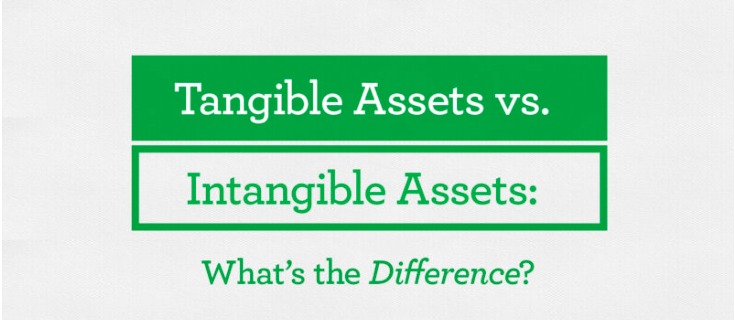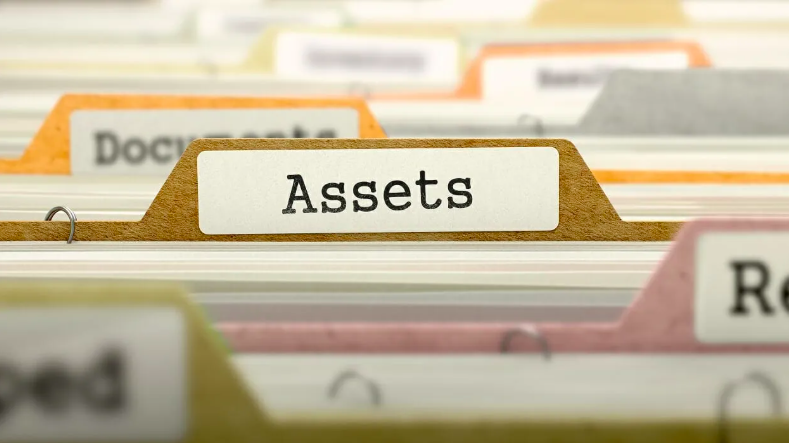
How to Build a Real Estate Portfolio with Limited Capital
Building a real estate portfolio is a proven way to generate passive income and build long-term wealth. However, many aspiring investors are held back by the misconception that they need a lot of money to get started. The truth is, with the right strategies, you can build a real estate portfolio even with limited capital. Here’s a step-by-step guide to help you get started:
1. Start with a Clear Financial Plan
Why It Matters: Before diving into real estate, assess your financial situation and set clear goals. Determine how much capital you can realistically invest and what kind of returns you’re aiming for.
Steps to Take:
Create a budget to track your income, expenses, and savings.
Set aside an emergency fund to cover unexpected costs.
Define your investment goals (e.g., cash flow, long-term appreciation, or diversification).
2. Leverage Creative Financing Options
Why It Matters: Traditional bank loans often require large down payments and strict qualifications. Creative financing allows you to acquire properties with little or no money down.
Options to Explore:
Seller Financing: Negotiate with the seller to pay for the property in installments instead of getting a bank loan.
Partnerships: Partner with someone who has capital or experience in exchange for a share of the profits.
Hard Money Loans: Short-term, high-interest loans from private lenders, ideal for fix-and-flip projects.
Lease Options: Lease a property with the option to buy it later, often with a portion of the rent going toward the purchase price.
3. Focus on Affordable Markets
Why It Matters: Not all real estate markets are created equal. Some areas offer more affordable properties with higher rental yields, making them ideal for investors with limited capital.
Steps to Take:
Research emerging markets or neighborhoods with growth potential.
Look for areas with strong rental demand, such as college towns or cities with job growth.
Consider investing in smaller markets or rural areas where prices are lower.
4. House Hacking
Why It Matters: House hacking allows you to live in one unit of a multi-family property while renting out the others, effectively reducing or eliminating your housing costs.
How to Get Started:
Purchase a duplex, triplex, or fourplex using an FHA loan (which requires as little as 3.5% down).
Live in one unit and rent out the others to cover the mortgage and expenses.
Use the savings to save for your next investment property.
5. Invest in Real Estate Investment Trusts (REITs)
Why It Matters: REITs allow you to invest in real estate without owning physical property. They’re a great way to diversify your portfolio with limited capital.
Steps to Take:
Research publicly traded REITs or private REITs that align with your goals.
Start small and reinvest dividends to grow your investment over time.
Use REITs as a stepping stone while saving for direct property investments.
6. Wholesaling
Why It Matters: Wholesaling involves finding undervalued properties, putting them under contract, and selling the contract to another investor for a fee. It requires little to no capital and can generate quick cash.
How to Get Started:
Build a network of real estate agents, investors, and wholesalers.
Learn how to identify distressed properties and negotiate deals.
Use the profits from wholesaling to fund your first rental property.
7. Buy and Hold with a Long-Term Strategy
Why It Matters: Even with limited capital, you can start small and grow your portfolio over time by reinvesting profits.
Steps to Take:
Start with a single-family home or small multi-family property.
Use the rental income to pay down the mortgage and save for your next property.
Repeat the process, gradually acquiring more properties as your equity and cash flow grow.
8. Utilize BRRRR (Buy, Rehab, Rent, Refinance, Repeat)
Why It Matters: The BRRRR strategy allows you to recycle your capital by refinancing a property after rehabbing and renting it out.
How It Works:
Buy: Purchase a distressed property below market value.
Rehab: Renovate the property to increase its value.
Rent: Find tenants to generate rental income.
Refinance: Refinance the property based on its new value, pulling out your initial investment.
Repeat: Use the recovered capital to buy your next property.
9. Network and Learn Continuously
Why It Matters: Real estate is a relationship-driven industry. Building a strong network and continuously educating yourself can open doors to opportunities you might not find on your own.
Steps to Take:
Attend local real estate meetups, conferences, and webinars.
Join online forums and social media groups for real estate investors.
Learn from experienced investors and seek mentorship.
10. Be Patient and Persistent
Why It Matters: Building a real estate portfolio with limited capital takes time and effort. Stay focused on your goals and be willing to adapt as you learn and grow.
Tips for Success:
Start small and scale up as you gain experience and confidence.
Reinvest profits to accelerate your portfolio growth.
Stay disciplined and avoid over-leveraging yourself.
Final Thoughts
Building a real estate portfolio with limited capital is entirely possible if you’re willing to think creatively, take calculated risks, and stay committed to your goals. By leveraging strategies like house hacking, creative financing, and the BRRRR method, you can start small and grow your portfolio over time. Remember, every successful real estate investor started somewhere—what matters most is taking that first step.

 February 23, 2025
February 23, 2025



